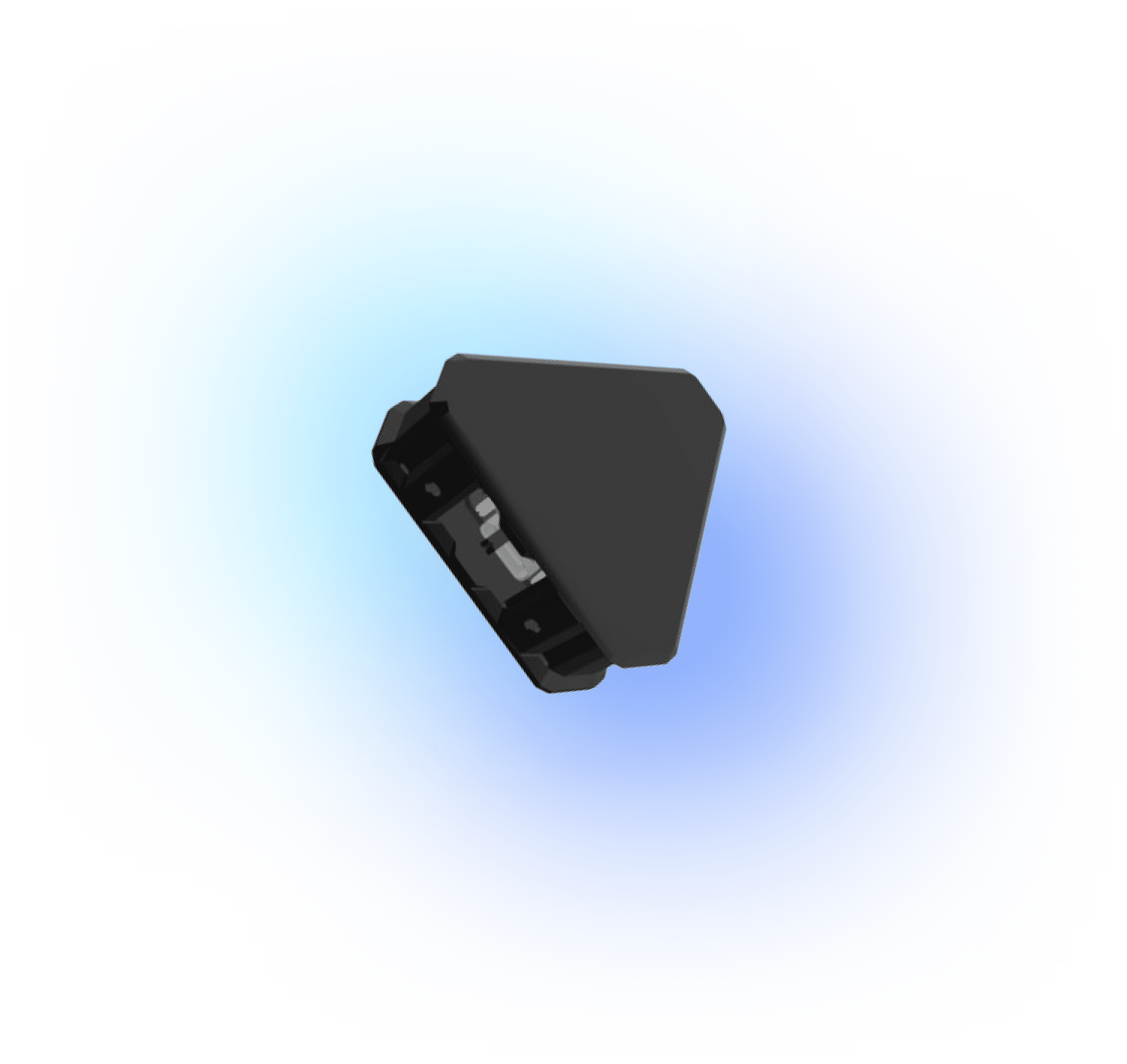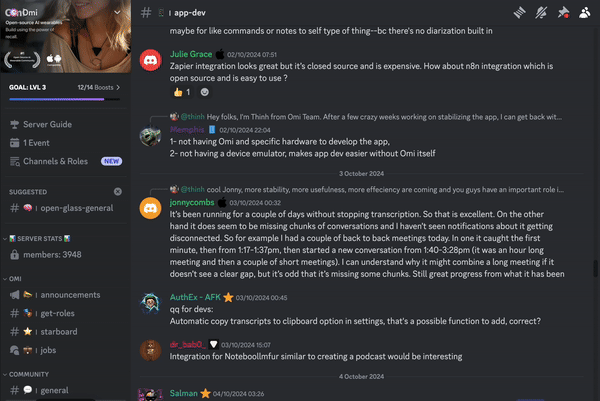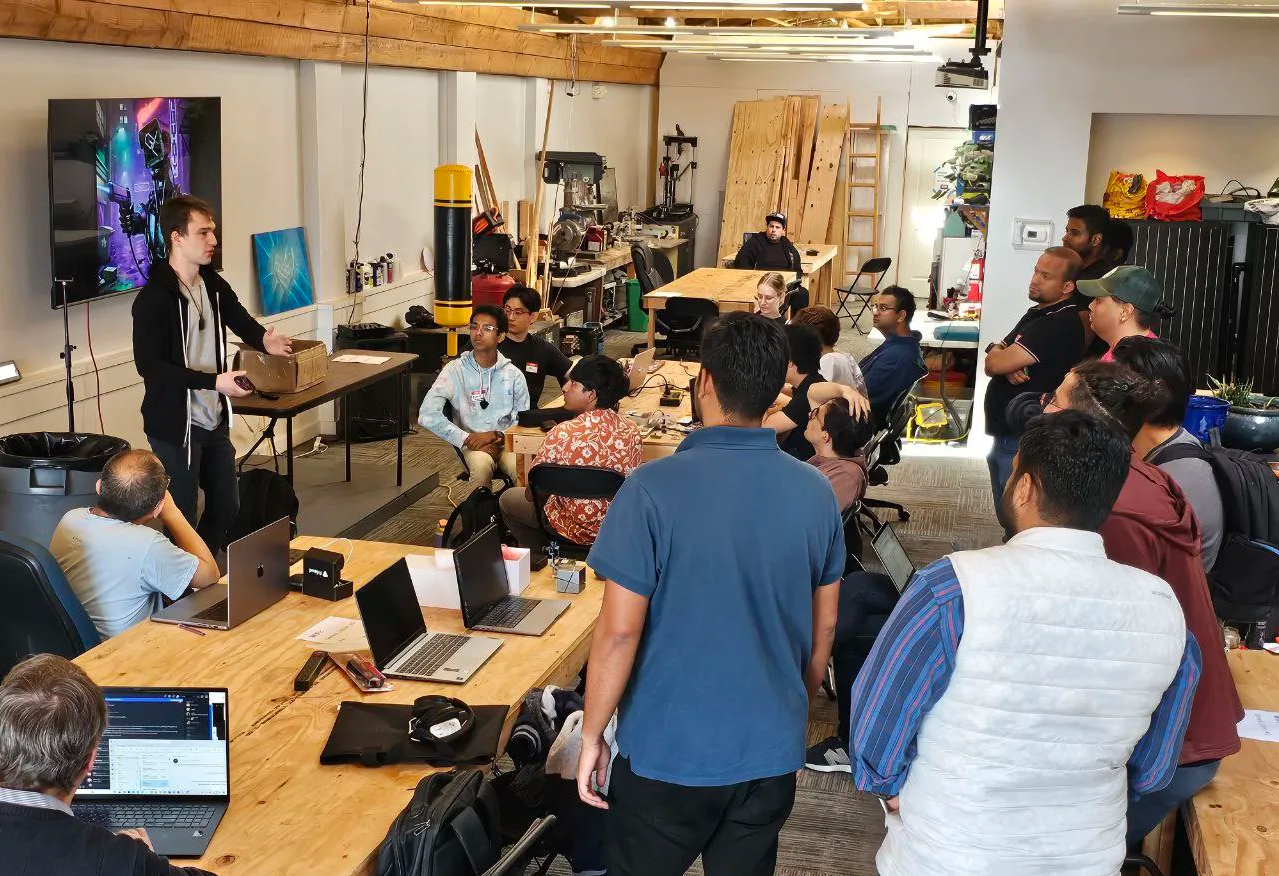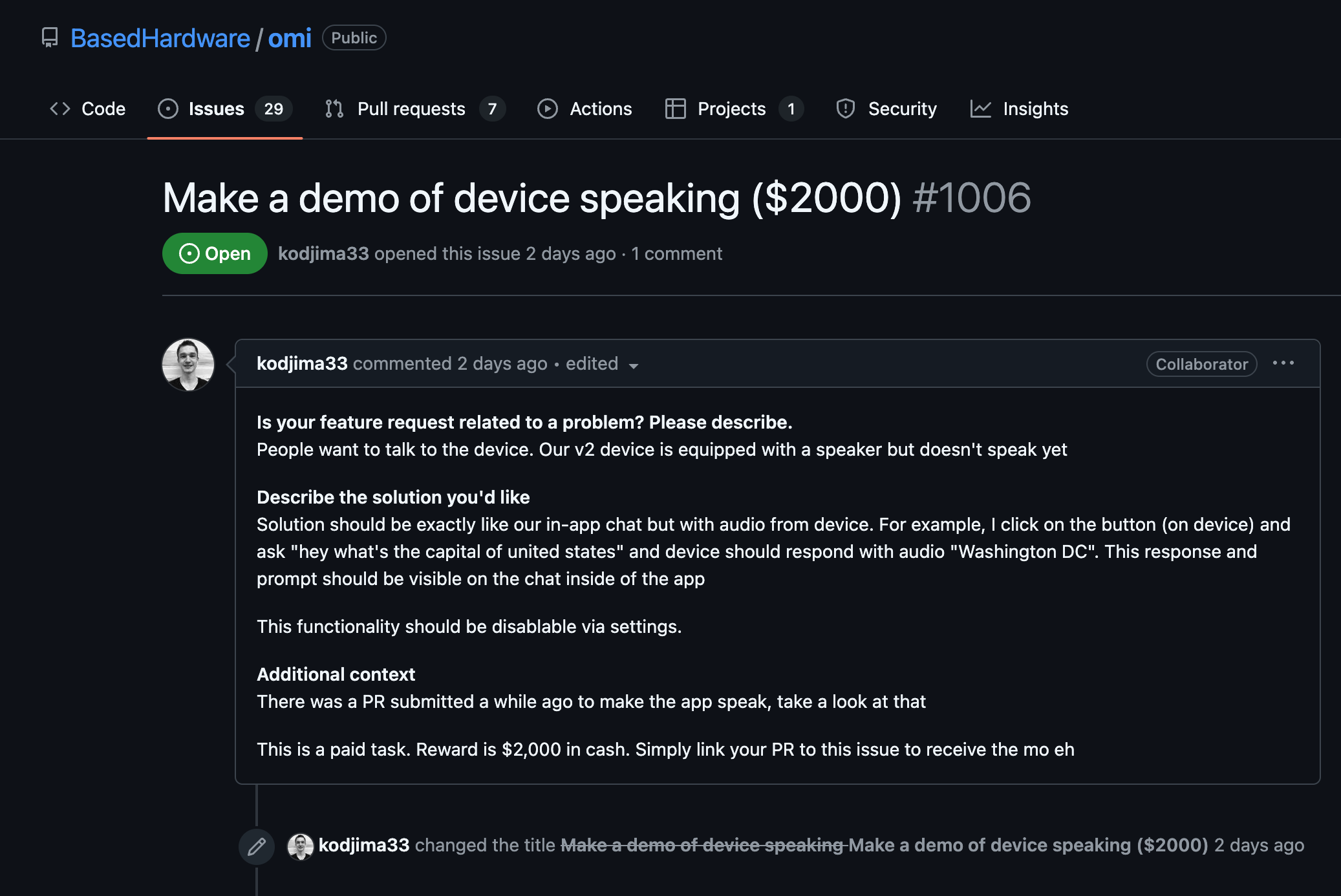Overview of Remote Debugging and Diagnostics
- Remote debugging and diagnostics involve the examination and troubleshooting of a software program's execution on a different machine or environment than the local development environment.
- These techniques are particularly useful when working with distributed systems, cloud applications, or any other software deployed on remote servers, where developers do not have physical access to the underlying hardware or direct access to the execution environment.
Key Features and Benefits
- Accessibility: Remote debugging enables developers to access and control the execution of applications running in distant environments, directly from their local machines.
- Error Analysis: It provides a way to monitor logs, exceptions, and error messages in real-time. Developers can retrieve detailed error reports that occur in the remote environment.
- Resource Usage Monitoring: Remote diagnostics can help explore the application's performance, focusing on memory usage, CPU load, network activity, and more, which is critical for performance optimization.
- Security and Stability: It often allows for troubleshooting without halting the application in the production environment, preserving stability and security of live applications.
Tools and Technologies
- There are various tools and frameworks dedicated to remote debugging and diagnostics. Examples include Visual Studio for .NET applications, GDB for C/C++ programs, IntelliJ IDEA for Java applications, and the browser-based DevTools for JavaScript.
- These tools typically support breakpoints, call stack analysis, variable inspection, and more, providing a rich interface for diagnosing issues in a remote setup.
Example Scenario: Java Remote Debugging
- In Java applications, remote debugging can be done using the Java Debug Wire Protocol (JDWP). Applications can be started in debug mode, which listens on a specific port for connections from a debugger.
- Once the Java application is running in debug mode on a server, a local IDE like IntelliJ IDEA can connect to it using JDWP, allowing the developer to place breakpoints and inspect the running code remotely.
java -agentlib:jdwp=transport=dt_socket,server=y,suspend=n,address=*:5005 -jar myapp.jar
Conclusion
- Remote debugging and diagnostics are invaluable techniques in modern software development, especially given the prevalence of cloud computing and distributed architectures.
- They provide developers the tools they need to troubleshoot and optimize code running in remote environments, ultimately minimizing downtime and enhancing application performance.
























